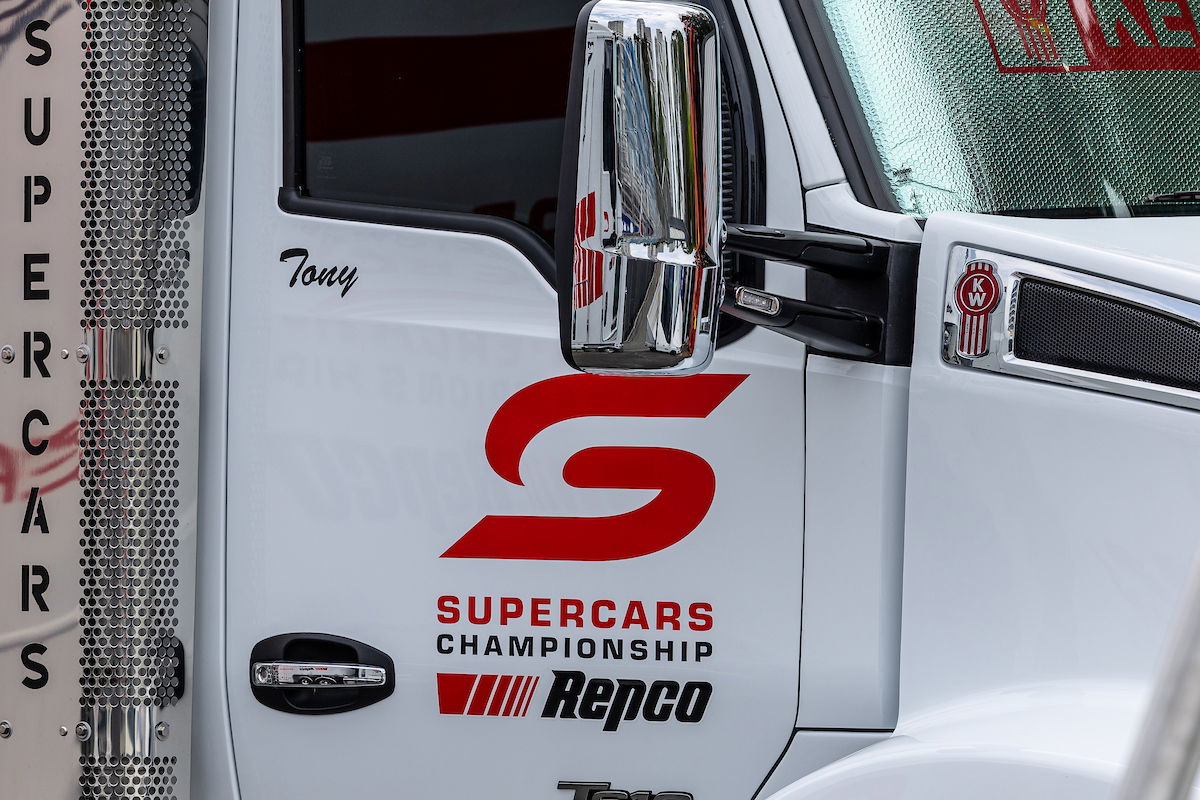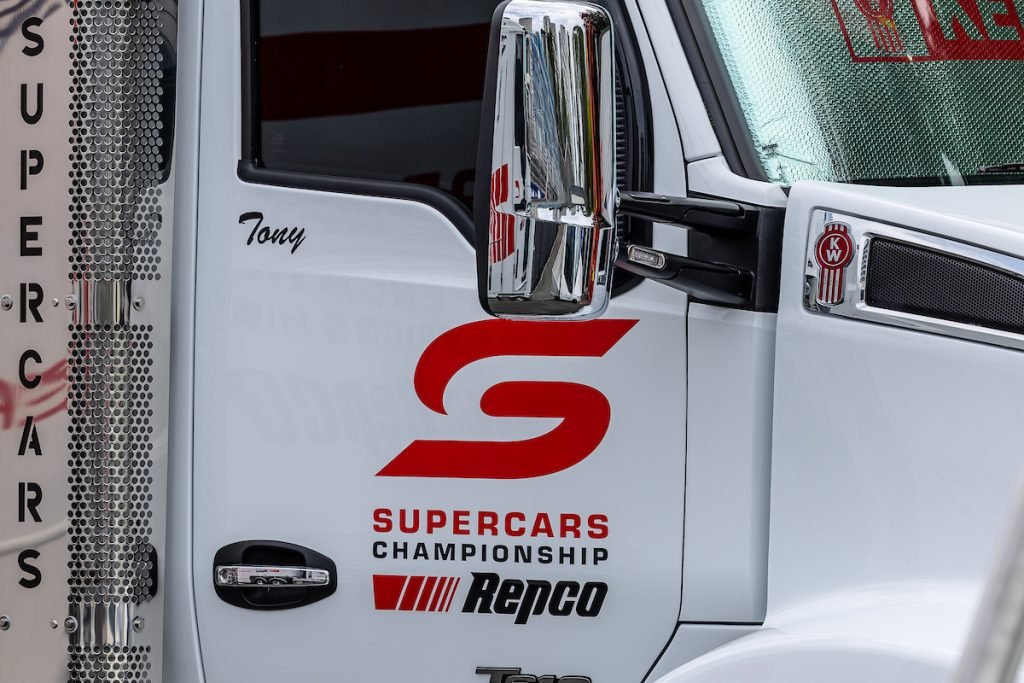

RACE (Racing Australia Consolidated Enterprises Ltd), the parent company of Supercars, recorded an after-tax loss of $2.7 million in 2022, its first year of ownership of the business and its various subsidiaries.
While its 2023 annual report is yet to be filed, analysis by FIIG Debt Capital Markets, which issued the debt used by RACE to help fund the acquisition of Supercars from Archer Capital and the race teams in late-2021, shows improvements last year on a number of key metrics.
According to FIIG research, revenue is up 13 percent year-on-year to $116.8 million and EBITDA (as adjusted for the purposes of Debt reporting) jumped 47.7 percent to $13 million.
Revenue might have been higher if not for the delayed launch of Supercars’ new website, which has now occurred, but corporate hospitality and sponsorship grew.
The increase in EBITDA is said to have been “helped by cost savings across some events and business departments as well as efficiencies with the broadcast production.”
EBITDA stands for ‘earnings before interest, tax, depreciation, and amortisation’, and is a metric used to assess operational profitability.
By definition, it therefore does not include the cost of interest, with ‘Interest and finance charges paid/payable on borrowings’ amounting to $3.1 million in the 2022 calendar year, per RACE’s annual report covering that period.
RACE’s Supercars acquisition in late-2021 was funded by issuing $25 million in equity (shares) and raising $45 million in debt, the latter of which took the form of six-year amortising notes.
According to FIIG’s analysis, dated February 14, those bonds were being offered at what FIIG itself described as “a heavily discounted capital price of $83.25,” equating to a yield of 13.70%.
The bonds pay a fixed coupon of 6.25% pa on a quarterly basis, with an amortising structure such that 66 percent of the principal will have been repaid by maturity (that is, a $15.3 million ‘bullet’ out of the original $45 million debt taken on will still be payable at maturity in November 2027).
The aforementioned capital price of just $83.25 is so low due to both broader economic factors – namely, the increase in the cash rate, which was 0.10% at the time of issue and is now 4.35% – and also risk which is inherent to RACE.
On the latter, FIIG refers to “an increase in their credit margin (perceived credit risk) as RACE / V8 Supercars has traded in the post Covid world which at times has posed challenging trading conditions and financial performance.”
Regardless of how much the impact of the COVID pandemic has continued to be a factor in RACE’s financial performance, its 2022 annual report stated that its ability to continue as a going concern “is reliant on the ability to raise additional funds from investors to meet ongoing cash requirements and to comply with debt covenants that underpin ongoing support from lenders.”
As Speedcafe also drew attention to, the excess of current liabilities relative to current assets of $4.9 million on its balance sheet, as at December 31, 2022, would have been even higher if not for the curious classification of the ‘Teams Gen-3 payment’ of $9.6 million as a current asset.
Clearly, though, RACE did indeed continue as a going concern in the 2023 calendar year.
Net leverage is said to have dropped in 2023 to 3.03x from 4.51x and all debt covenants were passed.
FIIG’s analysis states that “We will await the full audited results to provide more detailed analysis on cash flows and remove our concerns arising from the ‘going concern’ comments in their FY 2022 audited accounts but the company’s good execution in the past 12 months should alleviate those.”
It also refers to “scope” for the capital price to increase if RACE’s turnaround continues “and thus the perception of risk reduces.”
RACE’s 2023 annual report is set to provide more insight into its financial picture, noting that the 2022 annual report was signed off by auditors in May 2023.



















Discussion about this post